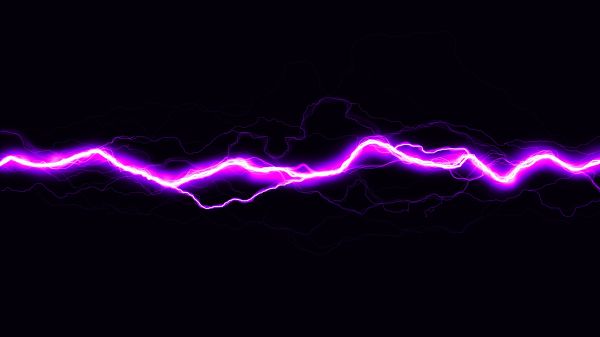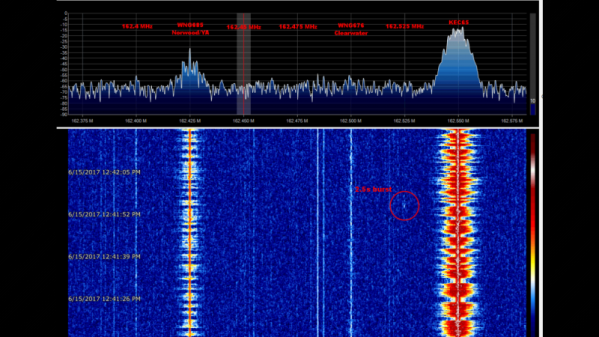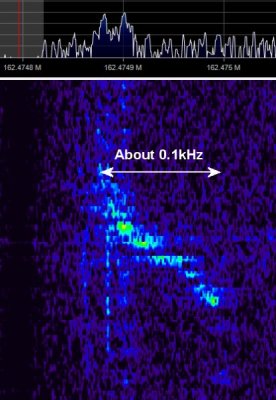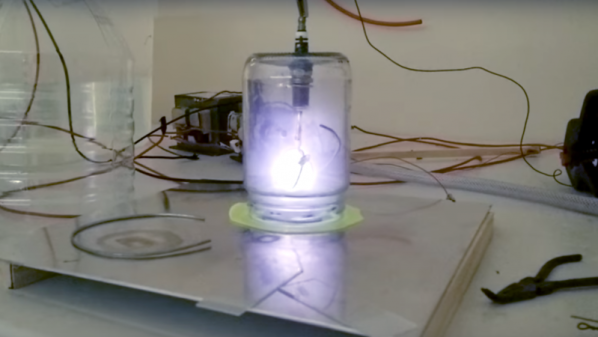Down here at the bottom of our ocean of air, it’s easy to get complacent about the hazards our universe presents. We feel safe from the dangers of the vacuum of space, where radiation sizzles and rocks whizz around. In the same way that a catfish doesn’t much care what’s going on above the surface of his pond, so too are we content that our atmosphere will deflect, absorb, or incinerate just about anything that space throws our way.
Or will it? We all know that there are things out there in the solar system that are more than capable of wiping us out, and every day holds a non-zero chance that we’ll take the same ride the dinosaurs took 65 million years ago. But if that’s not enough to get you going, now we have to worry about gamma-ray bursts, searing blasts of energy crossing half the universe to arrive here and dump unimaginable amounts of energy on us, enough to not only be measurable by sensitive instruments in space but also to effect systems here on the ground, and in some cases, to physically alter our atmosphere.
Gamma-ray bursts are equal parts fascinating physics and terrifying science fiction. Here’s a look at the science behind them and the engineering that goes into detecting and studying them.
Continue reading “Catching The BOAT: Gamma-Ray Bursts And The Brightest Of All Time”



















